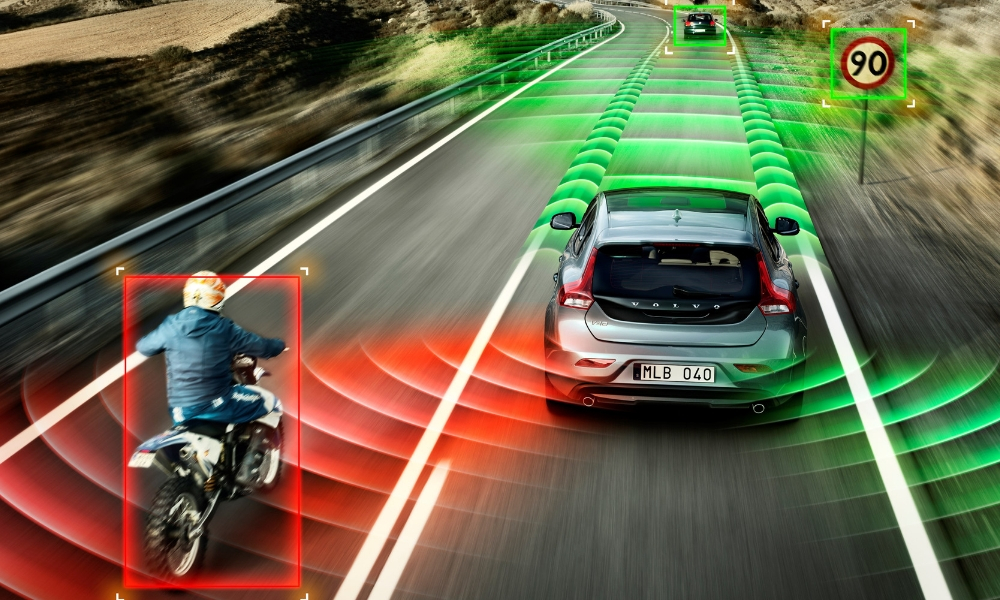Ensuring the safety of children in vehicles is a top priority for parents and caregivers. Road accidents are one of the leading causes of injury and fatalities among children worldwide, making it crucial to understand the best practices for child safety in cars. This ultimate guide provides comprehensive insights into child safety measures, laws, and tips for a secure journey every time.
Why Child Safety in Cars is Essential
Car crashes can have devastating effects on children due to their physical vulnerability. Proper safety measures can significantly reduce the risk of injury or death. According to the World Health Organization (WHO), correctly used child restraint systems can reduce fatalities by 60%, highlighting the importance of knowledge and implementation.
Key Components of Child Safety in Cars
-
Choosing the Right Car Seat
Selecting an appropriate car seat is the foundation of child safety in cars. Car seats come in three primary types, tailored to different age groups and weights:
- Infant Car Seats: Designed for newborns and infants, these seats face the rear and provide critical support for a baby’s neck and spine.
- Convertible Car Seats: Suitable for toddlers, these seats can be used in both rear-facing and forward-facing configurations, depending on the child’s size.
- Booster Seats: For older children, booster seats elevate them so that the seatbelt fits correctly across their chest and lap.
Always ensure the car seat meets local safety standards and is appropriate for your child’s age, weight, and height.
-
Correct Installation of Car Seats
Proper installation is as important as choosing the right car seat. Studies show that a significant percentage of car seats are installed incorrectly, reducing their effectiveness. To ensure accurate installation:
- Follow the manufacturer’s instructions carefully.
- Use the car’s LATCH (Lower Anchors and Tethers for Children) system if available.
- Check that the seat is tightly secured and doesn’t move more than an inch in any direction.
- Seek professional help or inspection at a certified car seat installation center if needed.
-
Adhering to Local Child Safety Laws
Child safety laws vary across regions but generally require the use of age-appropriate car seats. In the United States, for instance:
- Children under two must be in a rear-facing seat.
- Children aged 4–8 should use a booster seat until they reach a certain height (usually 4’9”). Understanding and complying with local laws not only ensures safety but also avoids legal penalties.
-
Proper Use of Seatbelts
Transitioning from a booster seat to using regular seatbelts is a milestone, but it requires proper guidance:
- The lap belt should lie snugly across the upper thighs, not the stomach.
- The shoulder belt should rest across the chest and shoulder, not the neck or face. Children under 13 years old should always sit in the back seat, which is safer than the front.
-
Avoiding Common Mistakes
Parents and caregivers often unintentionally make mistakes that compromise child safety in cars. Common errors include:
- Using a car seat that is too old or has been recalled.
- Placing a rear-facing car seat in the front seat with an active airbag.
- Allowing loose items in the car, which can become projectiles during sudden stops or collisions.
Tips for Enhancing Child Safety in Cars
Regular Inspections and Maintenance
Ensure car seats and seatbelts are in good condition. Periodically inspect the car seat for wear and tear and replace it after an accident.
Lead by Example
Children often imitate adult behavior. Always buckle up and follow traffic rules to set a positive example.
Keep Distractions at Bay
Avoid distractions while driving. Engage children with safe activities or toys to keep them occupied without diverting your attention.
Check Temperature
Never leave a child unattended in a parked car. Extreme temperatures can cause heatstroke or hypothermia within minutes.
The Role of Technology in Child Safety
Modern cars come equipped with advanced safety features, such as:
- Child Lock Systems: Prevent children from opening doors or windows accidentally.
- Rear-Seat Reminder Alerts: Notify drivers to check the back seat before exiting the vehicle.
- Built-in Car Seats: Some vehicles offer integrated car seats with adjustable settings for added convenience.
Conclusion
Child safety in cars is non-negotiable. By selecting the right car seat, ensuring proper installation, adhering to safety laws, and avoiding common mistakes, parents and caregivers can significantly reduce risks. Additionally, leveraging modern safety features enhances protection. With a commitment to these measures, every journey can be a secure and enjoyable experience for you and your child.





